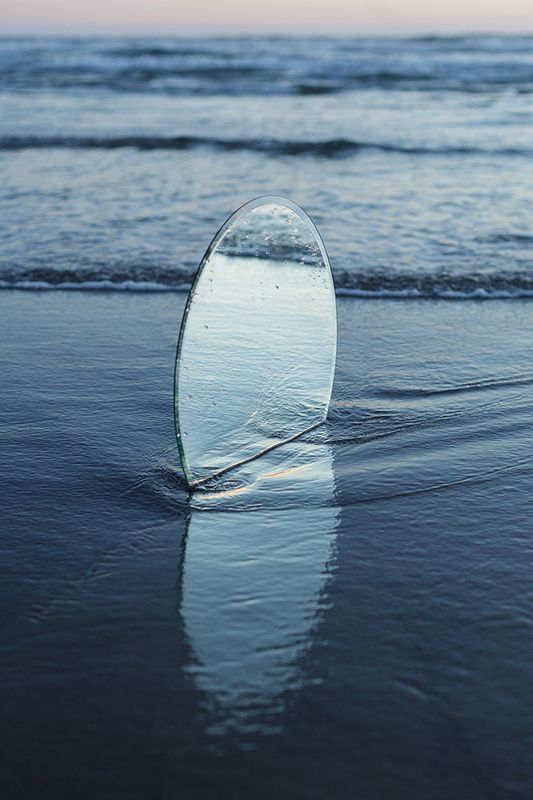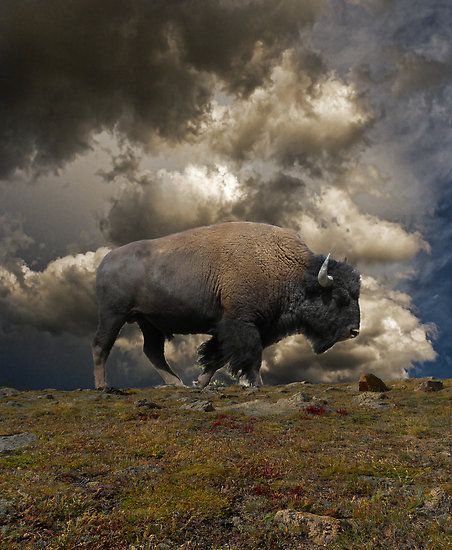Imagine you were to spend a week everyday looking at the sky, just watching and witnessing it. Some days it would be bright and full of light, other days there might be light clouds, sometimes monotonously grey, or aggressively rainy with thunder and lightning. Every time that you looked, the idea would be simply to witness and observe the sky closely, like an artist or a scientist.
In mindfulness and meditation the principle of being aware of our mind and its contents is like this sky watching exercise; we learn to watch the inner sky of our mind using awareness to witness its contents rather than be involved with it.

Normally we are not used to witnessing the contents of our consciousness in this way. Particularly under pressure we feel as if we are completely caught up in the contents of our mind; tossed around by our distractions, feeling as if we are our moods, and overtaken by our anxiety. To be mindfully aware means to practice the discipline of awareness even when under pressure, and using the principle of awareness to unify and relax our mind, even when it contains multiple impulses to feel fragmented or un-peaceful. For example:
- My mind feels distracted and disoriented, but I can reach a feeling of centeredness despite this by being aware
- I am anxious about the choices I have to make, but I can relax into that anxiety using the act of witnessing and being aware
- My mood feels disturbing, but I can learn to benevolently tolerate it because I can witness it, just like watching a cloudy sky
Action or non-action subsequent to awareness
What practising the principle of awareness enables us to do is to connect to a state of peace, centeredness and presence within ourself even when we are feeling moody, disturbed or anxious, and to keep making conscious choices about how we are going to respond.
Last week whilst seeing a series of arguments occurring between colleagues, I was feeling disturbed, like I needed to ‘do’ something in order to help them resolve their dispute. Checking with myself however I could see that most of the impulse that I had to act was mainly due to my own discomfort (“I need to fix this for them so that I can feel more comfortable”), and that the best thing that I could do (in my opinion) was to simply be present and let the drama play out for now. Practising the principle of witnessing awareness enabled me to feel comfortable not acting, even though part of me felt emotionally uncomfortable and impulsive.
Practicing the principle of awareness gives us the freedom to act or not to act as our circumstances demand of us, rather than be pushed around by the tension and impulsiveness that we may feel.
This week you might like to practice watching your mind as if you were watching the sky, just for a few minutes each day. By doing so you will be building the principle of witnessing awareness in your mind in such a way that you can start to use it practically when you are really feeling under pressure.
© Toby Ouvry 2015, you are welcome to use or share this article, but please cite Toby as the source and include reference to his website www.tobyouvry.com
Integral Meditation Asia







 Tom and Jerry Mindfulness (Cartoon Character Positive Attitude)
Tom and Jerry Mindfulness (Cartoon Character Positive Attitude)